November 2-November 8, 2025
Dripping our way into winter

We've had a short interlude of chilly, rainy days, but still no snow on the valley floor.

The Nature Notes newsletter explores and celebrates the changing seasons of the Methow Valley. But the newsletter relies entirely on the support of readers like you, so please contribute to this important project by upgarding to a paid subscription or by making a donation.
Week in Review
Given that we're still in a drought, it's been encouraging that this week brought us some solid rainfall, including nearly 1.5 inches over several days. This matters because as soon as the ground freezes and snow arrives, this much-needed recharge of soil moisture will grind to a halt until the spring thaw. Yes, we're eager for the snow to get here, but in the meantime, we should be thankful for any rain we can get.
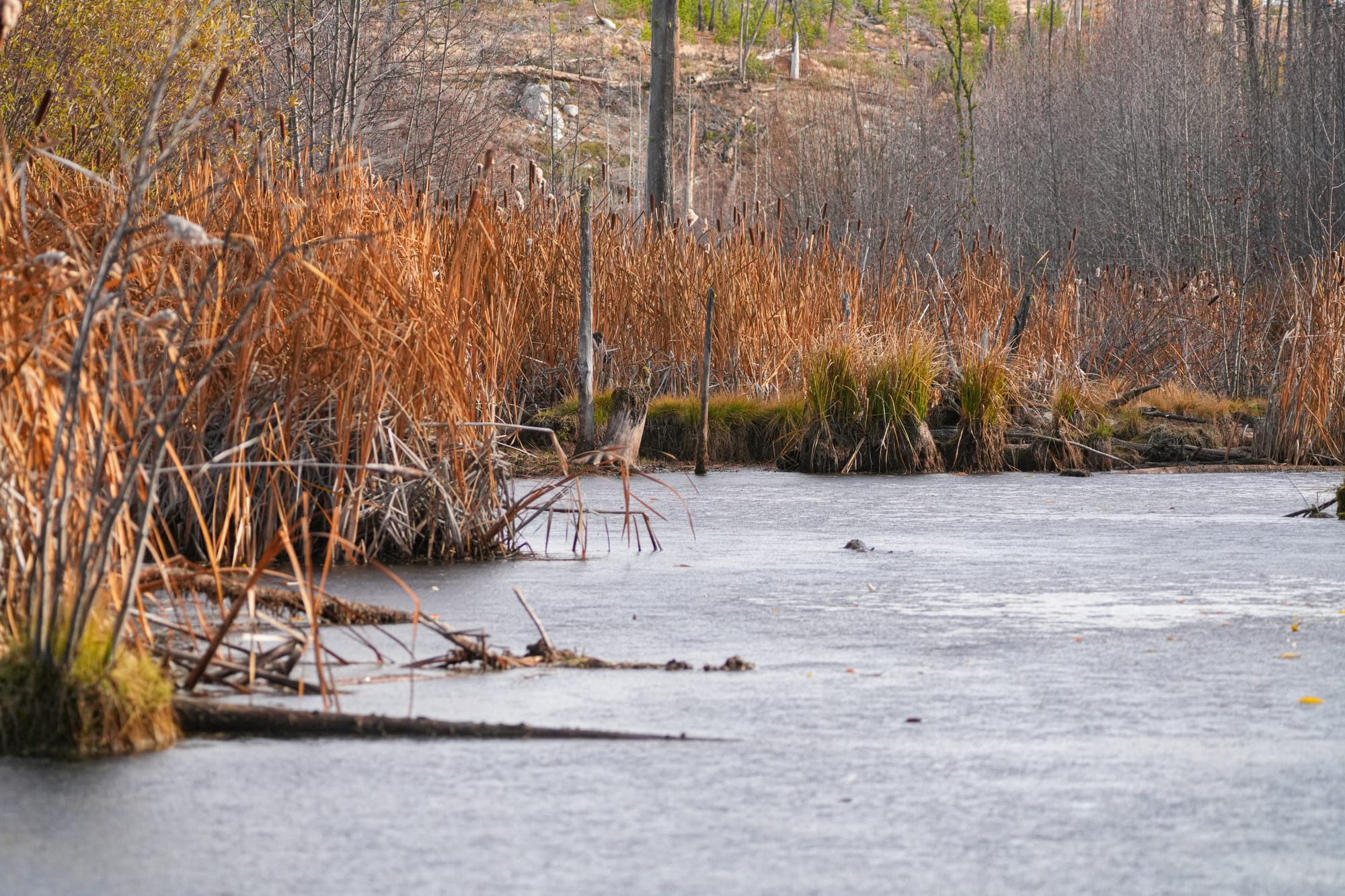
Although we've had a couple of sunny or partly sunny days, the overall mood of the week was gray and overcast, and there's been very little activity in the natural world. For example, the only insect I've seen all week was a mayfly that somehow ended up inside the house, and I spotted only one flowering plant.

As expected, birds have been the most conspicuous animals. There's even been a notable uptick in activity at our local lakes, with an assortment of waterbirds arriving and departing on a daily basis.
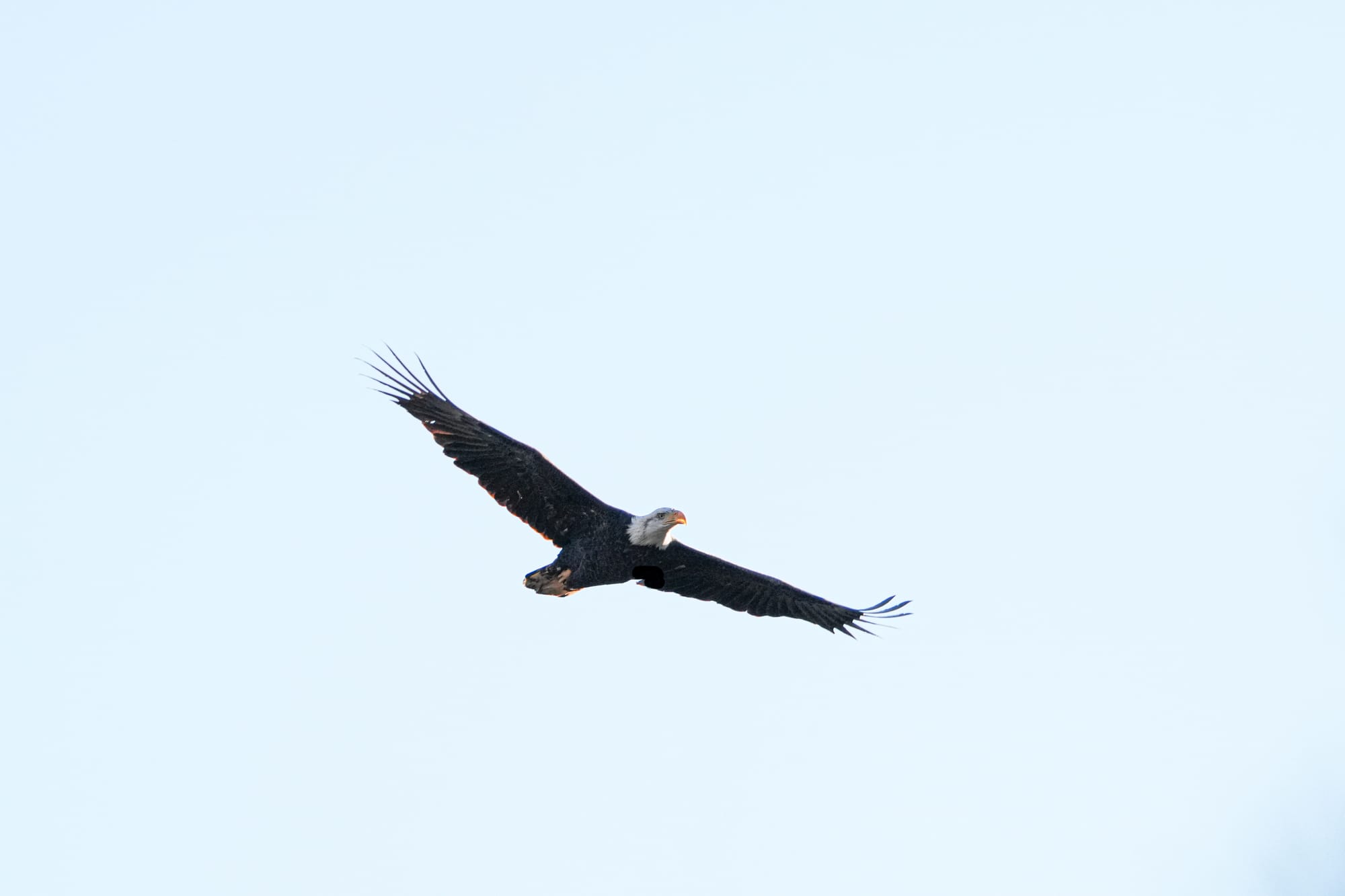
For example, on Monday, October 4, someone reported a group of 34 swans (perhaps tundra swans) that stopped briefly at Pearrygin Lake. On Tuesday, Big Twin Lake hosted a huge group of buffleheads, two California gulls, three Bonaparte's gulls, and a lone swan. On Thursday, Big Twin Lake had three western grebes and one Bonaparte's gull. And today, October 8, there a single common loon at Big Twin Lake. With these birds stopping for a few hours, or a day or two at most, it's been an exciting week.
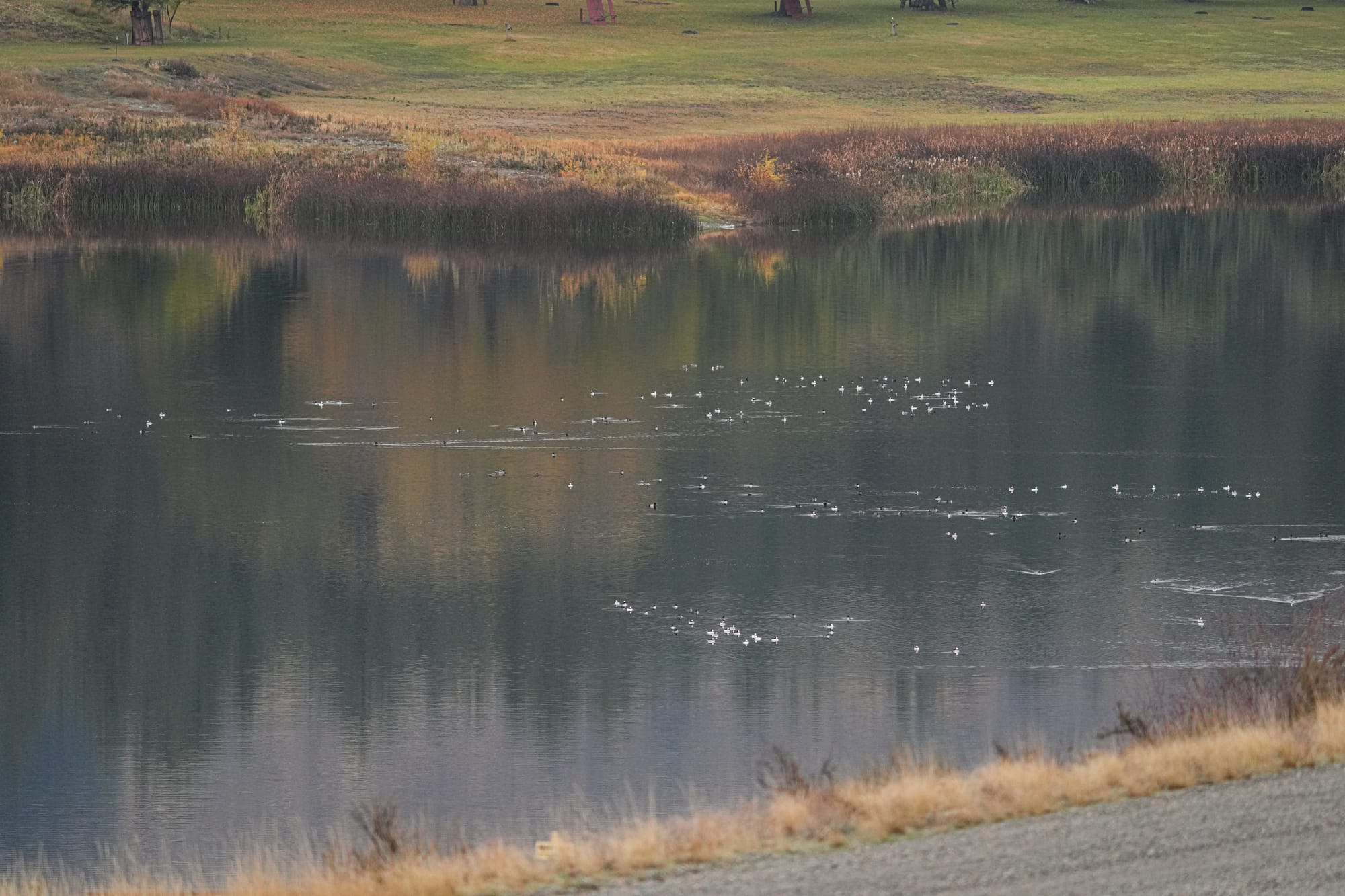

Other observations of interest include the bountiful crop of kinnikinnick berries that are out right now. In some higher elevation forests, the ground is carpeted in kinnikinnick and its bright red berries. Not only are these berries a vital food source right now, but I'm guessing they may be one of the most important winter foods for rodents living under the snow.
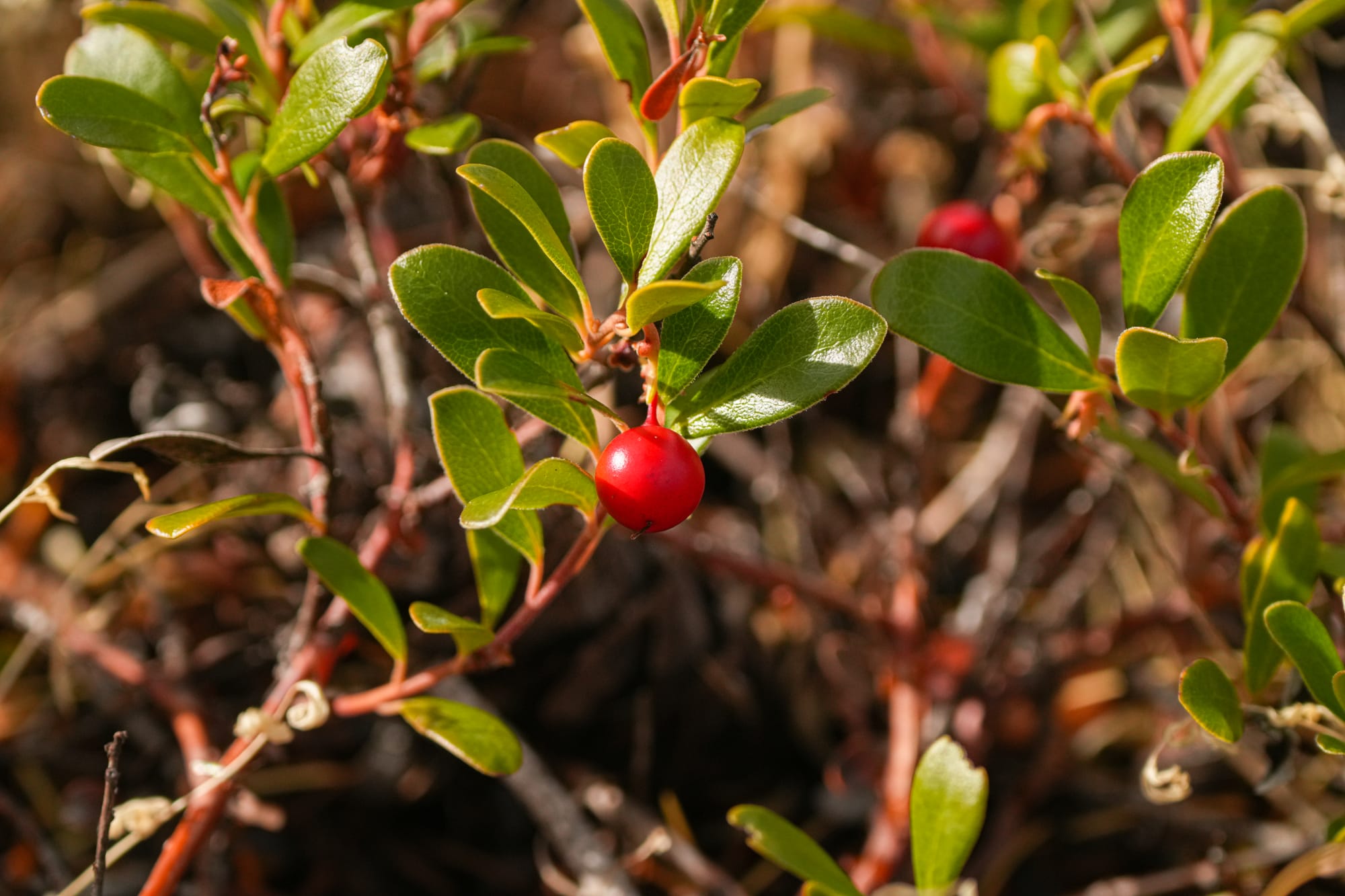
I was also startled to see large mushrooms bursting out of the sand along the banks of the Methow River. I don't associate mushrooms with sandy beaches along rivers, but maybe these mushrooms are linked to the roots of cottonwood trees? I'm not a mushroom expert, so I don't know what kind they are. [Note: A reader has informed me that it's called the sandy or cottonwood mushroom, Tricholoma populinum.]
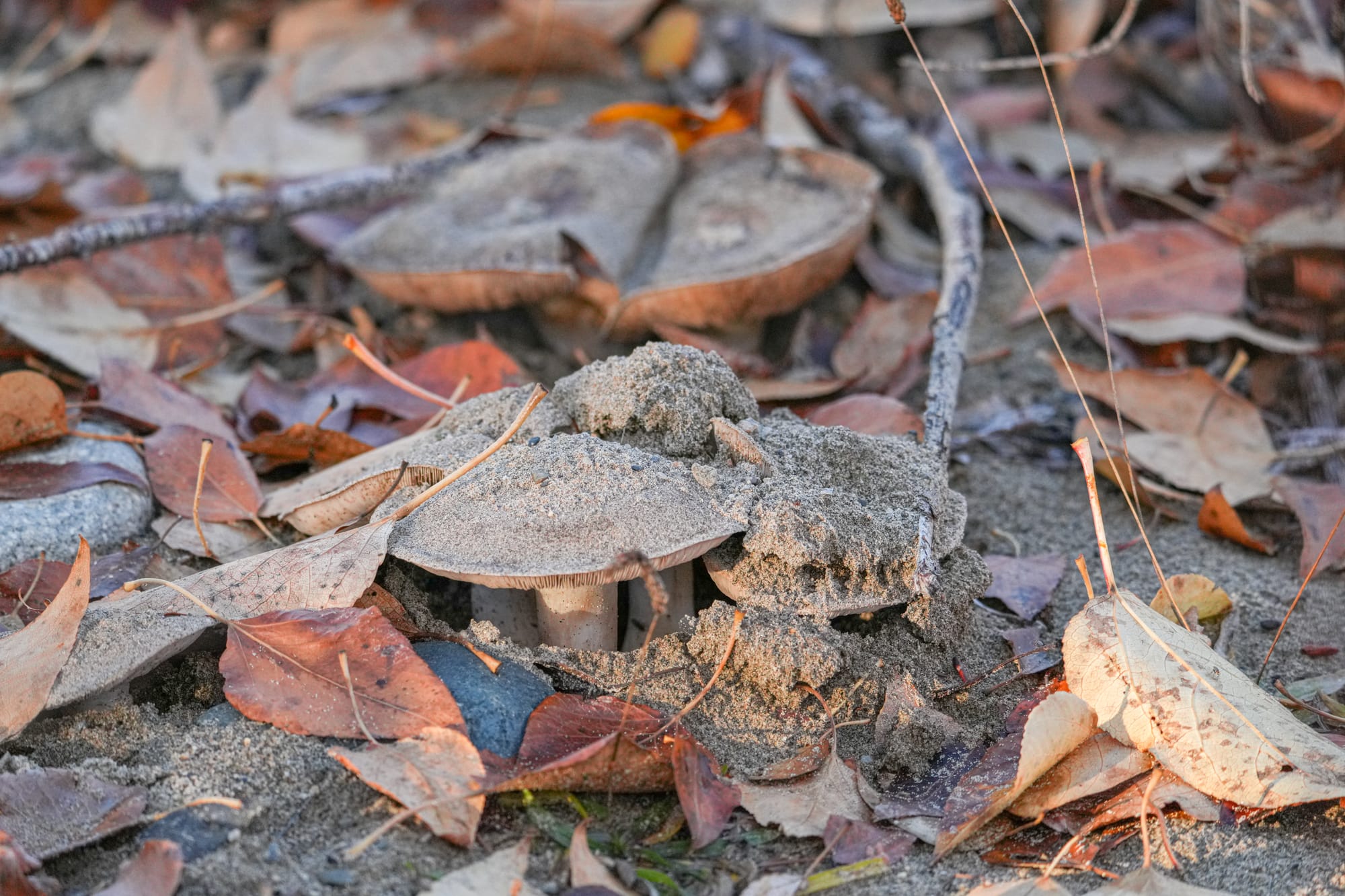
Observation of the Week: Jerusalem Crickets
A few weeks ago, several people reported seeing Jerusalem crickets, which happens every fall once the rains start falling. I'm a little late in covering this topic, but I wrote an in-depth article about Jerusalem crickets in my Lukas Guides newsletter this week, so I wanted to share it here.
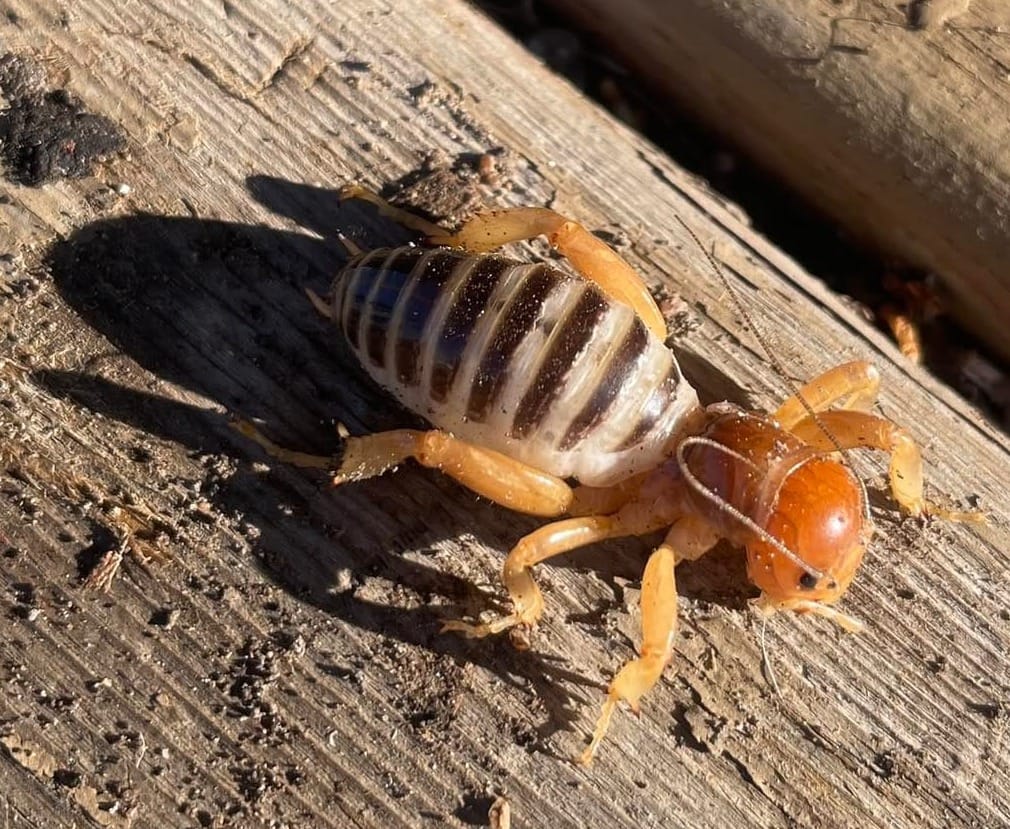
What makes this story so interesting is that Jerusalem crickets live underground, where they feed on decaying roots and tubers. They are rarely found walking around in the daytime unless they've been parasitized by a long, skinny worm called a horsehair worm.
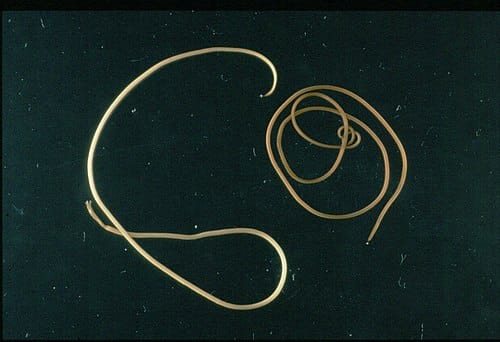
As these worms reach adulthood, they reprogram the brain of the crickets so they emerge from the ground and start wandering. If a cricket approaches a body of water, the worm almost instantly wriggles out and into the water, where it completes its life cycle.
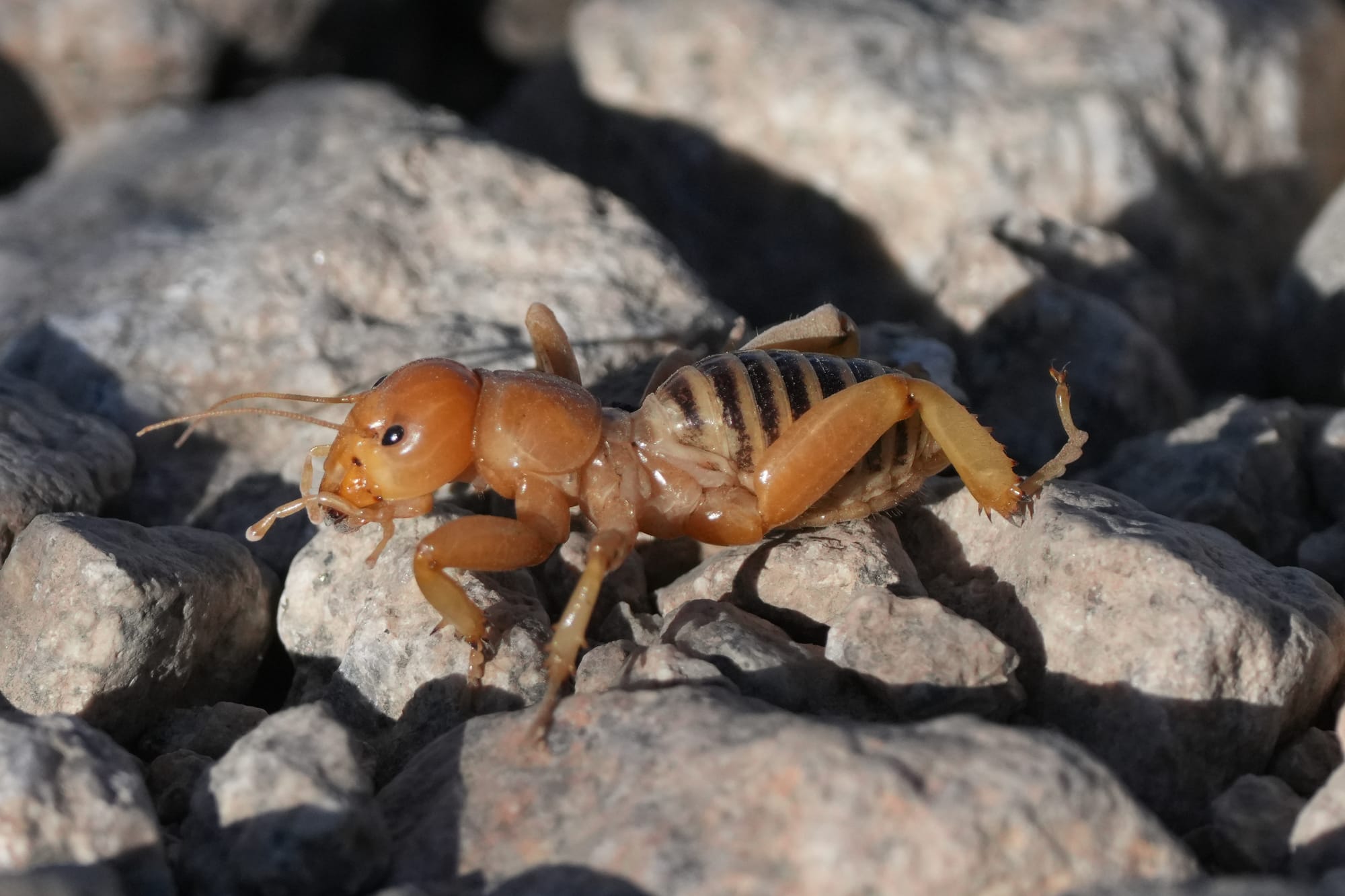
One of the fascinating aspects of this gruesome story is that it's usually described as "parasites turning crickets into zombies that commit suicide by drowning themselves in water." However, the story is far more nuanced than that because many crickets survive and live out a normal life after the worms emerge. Scientists are even looking into the possibility that the crickets cooperate and help the worms by delivering them to water so they can get rid of their burdens!

